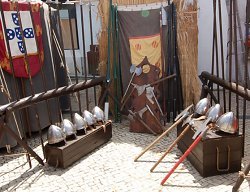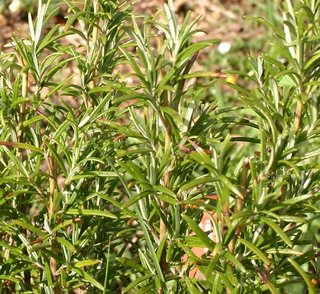Neuschwanstein Castle - An Architectural Wonder
Its location is stunning, set up high on a rockface and the architecture so daring that it begs belief today let alone how it must have appeared when it was first built. And that's just on the outside! When you go inside Neuschwanstein Castle the whole experience just becomes even more breathtaking. You might think I'm exagerrating but I'm not - ask anyone who's been there. The lavish gold leaf decorations, marvellous murals, mirrors and marble ornamentations are just too many to go into detail about. You then begin to think about the fact that the castle was never actually completed and the tragedy of what happened to King Ludwig II of Bavaria is brought home.
Branded a 'mad' king for his love of the arts in preference to military matters, he was by no means mad. He was a brilliant architect having designed Neuschwanstein largely himself and his passion for great music is the main reason why we know of Richard Wagner's music today. Had it not been for the patronage of Ludwig, Wagner might never have been able to make his 'Ring' a reality. Nor might we have ever heard of the Wagner Tuba. The Festspielhaus at Bayreuth was built with funding from Ludwig purely for Wagner's music.
The price Ludwig paid for his unkingly love of the arts was an early death, drowning in the Starnbergersee lake along with his doctor. At the time it was pronounced a suicide but in later years a clearer and perhaps more truthful understanding of the political opposition Ludwig faced has come to light and it's thought by many that his death was not self inflicted.
My second trip to Neuwschwanstein, this time with my husband whose family tree in fact goes back to Bavaria, was to provide more special experiences - but that story is for another time and another blog.
Labels: fantasy castles, ludwig II, neuschwanstein castle, wagner, wagner tuba


